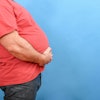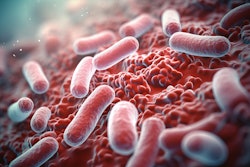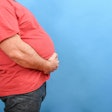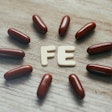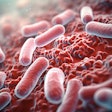Dental caries may be linked to trace elements, including cobalt, cesium, and lead, indicating that interventions like dietary changes may aid in the prevention of tooth decay. The study was published in March in BMC Oral Health.
However, iron was not associated with caries, the authors wrote.
"The established correlations provide crucial insights for future investigations focusing on two key directions: mechanistic studies exploring element-microbiome-enamel interactions, and translational research developing preventive strategies through dietary modulation or localized interventions," wrote the authors, led by Chen Sun of Southwest Medical University in China (BMC Oral Health, March 19, 2025, Vol. 25, 405).
Trace elements -- which are those that exist in the smallest concentrations in natural ecosystems and are found in food, water, and soil -- can negatively affect the body if a person has too much or too little. Found in a person's blood and urine, trace elements play an important role in maintaining various physiological functions and metabolic processes. However, there is little existing evidence that explains correlations between tooth decay and elements.
To investigate how trace elements affect caries, data from 10,426 adults were collected from the 2010-2016 U.S. National Health and Nutrition Examination Survey and analyzed. The data included adults' oral exam information, as well as their blood, serum, and urine results. To explore the effects of trace elements on caries, quartiles of continuous variables and weighted multivariate logistic regression models were conducted, according to the study.
The regression model revealed the odds ratios (OR) for the following elements were significantly associated with dental caries: lead (OR = 1.0105; 95% confidence interval [CI], 1.0030 to 1.0181; p = 0.0077), cobalt (OR = 1.0048; 95% CI, 1.001 to 1.0087; p = 0.0154), cesium (OR = 1.0028; 95% CI, 1.0011 to 1.0046; p = 0.0027), and arsenic (OR = 1.0002; 95% CI, 1 to 1.0004; p = 0.0244), they wrote.
As for iron, there was no association (OR = 0.9974; 95% CI, 0.9954 to 0.9994; p = 0.0116), the authors wrote.
Nevertheless, the study had limitations, including its cross-sectional design. Therefore, specific causal relationships and mechanisms cannot be explained, they wrote.
"Only Pb (lead), Cd (cadmium), Co (cobalt), Cs (cesium), and As (arsenic) had a significantly positive correlation with dental caries," Sun and colleagues wrote.




